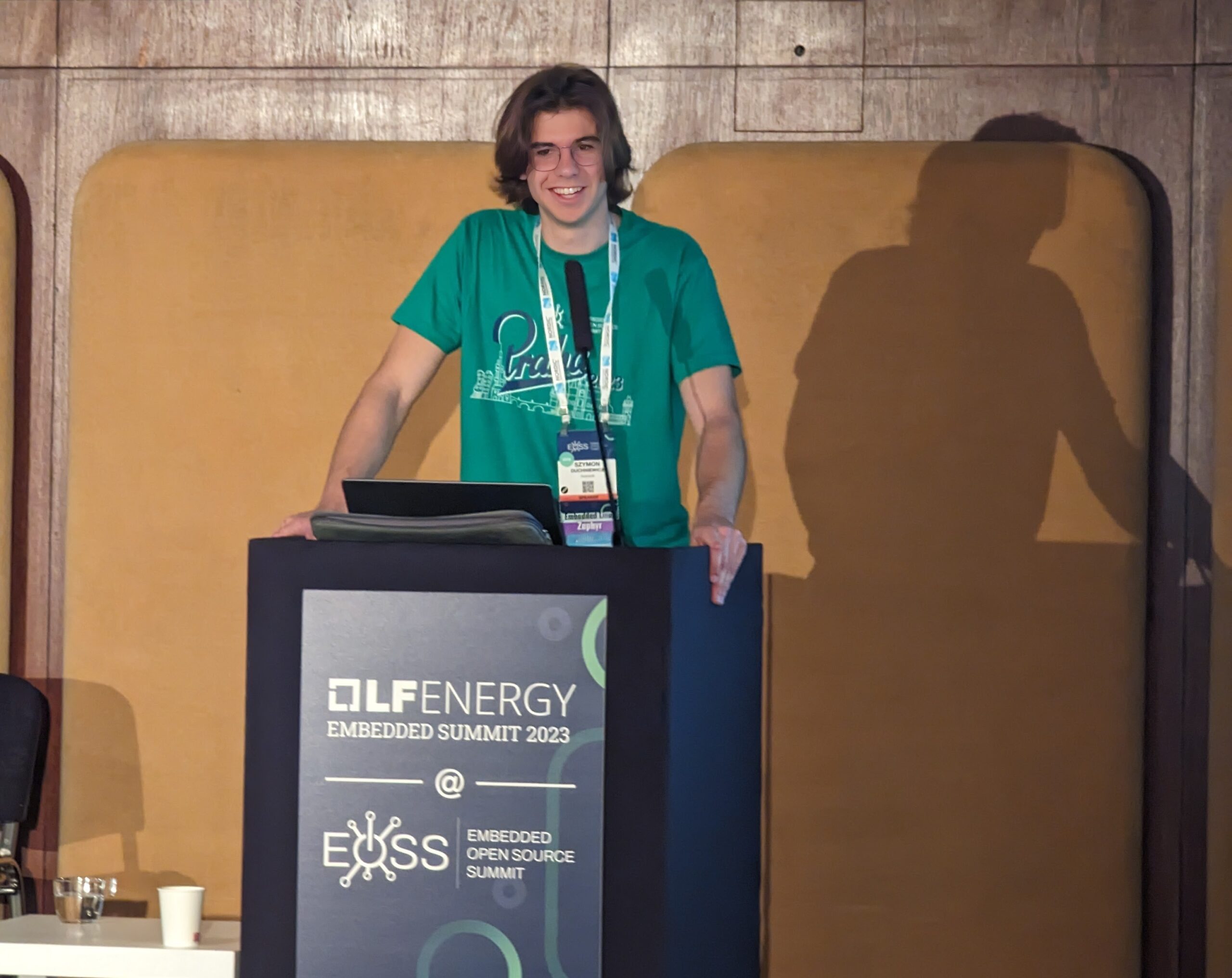LF Energy Embedded Summit Recap: Decoding the Green Software Revolution: Making Applications Carbon-Aware
In an era where environmental sustainability takes center stage, the quest for reducing carbon emissions has extended its reach into the realm of software development. At LF Energy Embedded Summit 2023, Szymon Duchniewicz from Avanade delivered a session titled “Green Software – How To Make Our Applications Carbon Aware?” (video follows below). Unveiling the potential of green software, Duchniewicz delved into the strategies and tools that can pave the way for more environmentally conscious applications.
The Green Software Foundation and its Mission
The session commenced with an introduction to the Green Software Foundation, a non-profit organization operating under the umbrella of the Linux Foundation. The foundation’s mission is to establish a trusted ecosystem of standards, tools, and best practices for green software development. By fostering energy-efficient software and hardware solutions, the foundation aims to combat the industry’s carbon footprint. It invites collaboration from experts in various domains to collectively drive the transformation towards a more sustainable digital landscape.
The Environmental Impact of Software Development
Duchniewicz highlighted a staggering statistic: software-related CO2 emissions contribute to around four percent of the world’s total emissions. This percentage surpasses the combined emissions of the air, rail, and shipping industries. These figures underscore the imperative need for the software industry to take responsibility and contribute to the global sustainability agenda.
Key Strategies for Carbon Reduction
The heart of the session revolved around three pivotal strategies for reducing carbon emissions:
- Energy Efficiency: Duchniewicz emphasized the significance of consuming minimal electricity, thereby reducing the energy demand of software applications. The focus is on optimizing software efficiency, enhancing performance, and streamlining power consumption on various hardware platforms.
- Carbon Intensity Reduction: Another crucial strategy involves lowering the carbon intensity of software operations. Duchniewicz introduced the concept of “carbon awareness,” where software developers can time-shift workloads to periods of lower carbon intensity. By aligning operations with times of increased renewable energy availability, applications can significantly minimize their carbon impact.
- Climate Commitment: The session delved into methods for reducing emissions beyond the software itself. This included a discussion on offsets and abatement strategies, highlighting the importance of considering the entire lifecycle of software and its impact on the environment.
Introducing the Carbon Aware SDK
Duchniewicz unveiled a groundbreaking tool – the Carbon Aware SDK. Developed and maintained by the Green Software Foundation, this software development kit empowers developers to implement carbon-aware practices in their applications. The SDK’s capabilities include shifting workloads to greener timeframes, thereby harnessing the potential of renewable energy sources and reducing overall carbon emissions. Through a demo, attendees gained a firsthand understanding of how the Carbon Aware SDK can revolutionize software development practices.
The Road Ahead
As the session concluded, the audience was left with a powerful message: every line of code can contribute to a more sustainable future. Duchniewicz’s exploration of green software and the Carbon Aware SDK opened a door to a new era of environmentally conscious software development. By embracing energy efficiency, carbon intensity reduction, and climate commitment, software professionals have the opportunity to be at the forefront of a global movement toward a greener world.
